In the complex world of international trade, tariffs are often seen as temporary measures to protect domestic industries. However, the history of the "chicken tax" serves as a stark reminder of how tariffs can have lasting effects on global markets and domestic economies. This import tax, originally imposed in 1963, remains in effect today, illustrating the enduring impact of trade policies and the challenges of reversing them.
The Origins of the Chicken Tax
The story of the chicken tax begins in 1962 when European countries imposed tariffs on American chicken, effectively shutting US poultry producers out of the growing European market. In retaliation, President Lyndon Johnson introduced "retaliatory" tariffs on several European products, including trucks, in 1963. The 25% tariff on "motor vehicles for the transport of goods" was primarily aimed at punishing German automaker Volkswagen, which was the only foreign automaker making significant inroads into the US market at the time.
The Lasting Impact on the US Auto Industry
Despite its name, the chicken tax has had a profound impact on the US auto industry, particularly on the pickup truck market. The tariff essentially prevents automakers from selling pickup trucks made in Europe or Asia in the United States. As a result, most US pickups are built in North America, leading to significant profits for US automakers like General Motors, Ford, and Chrysler. However, this protectionism comes at a cost: higher prices and fewer choices for American consumers.
The longevity of the chicken tax underscores how tariffs can reshape markets long after the conditions that led to their imposition have changed. Even after Europe dropped the tax on American chickens in 1964, the Big Three automakers and the auto workers union lobbied to keep the import tax on foreign trucks. This protectionist measure allowed US automakers to raise prices on their trucks, which were not subject to the tariff. According to Jonathan Smoke, chief economist at Cox Automotive, prices of American-built trucks rose about 5% to 6% a year, while car prices rose only 2% a year.
The Persistence of Tariffs
The chicken tax has survived numerous rounds of global trade agreements aimed at promoting free trade, including the creation of the World Trade Organization in 1995. This resilience highlights the difficulty of undoing tariffs once they are in place. Lawrence Friedman, a global trade attorney, notes that tariffs tend to remain in effect because they create constituencies that benefit from them and resist change.
The Search for Loopholes
Trade restrictions often lead to creative attempts to circumvent them, a practice known in the industry as "tariff engineering." To get around the chicken tax, some foreign automakers shipped trucks to the US without the truck beds attached to the chassis, while others added extra seats to classify the vehicles as passenger vehicles. For example, Subaru added two rear-facing seats in the truck bed of its BRAT model. Even US automakers engaged in such practices; Ford shipped Transit Connect vans from Europe with additional seats that would be removed once they cleared customs. This tactic eventually led to a $365 million fine from the Department of Justice in 2024.
The Role of NAFTA and Foreign Investment
The 1994 North American Free Trade Agreement (NAFTA) provided a legal route around the chicken tax by opening trade borders with Canada and Mexico. Automakers began building trucks destined for the US market in these neighboring countries. For example, General Motors builds its best-selling Silverado truck in Canada and Mexico, as well as the United States.
Despite the chicken tax, many Asian and European automakers turned their focus to a different niche: smaller, more fuel-efficient cars. The timing was advantageous, as rising gas prices in the 1970s led Americans to favor these types of vehicles. When foreign brands began building US plants, starting with a Honda plant in Ohio in 1982, they initially concentrated on car production rather than trucks. However, this shift was driven more by the cost advantages of building closer to the market rather than the tariff itself.
The Decline of the Big Three
Despite the protectionist measures, the Big Three's overall share of the US auto market has continued to shrink over the past 60 years. By 2007, Asian and European brands captured a majority of US combined car and truck sales for the first time. While the Big Three still dominate truck sales, they now account for only 38% of overall US auto sales. In 2024, US automakers produced 4.6 million vehicles, compared to 4.9 million built by foreign automakers, according to data from S&P Global Mobility.
The Future of Tariffs and Trade Policy
The enduring impact of the chicken tax raises important questions about the future of tariffs and trade policy. President Donald Trump's trade war has introduced new tariffs on a wide range of products, from steel and aluminum to Chinese imports. While these measures may be intended to protect US industries, history shows that tariffs can have unintended consequences and reshape markets in ways that are difficult to reverse.
Dan Ikenson, an economist and former director of international trade at the Cato Institute, warns that tariffs change economic incentives and develop constituencies that take on a life of their own. "Trump seems to think he can announce very high tariffs and then dial them back," Ikenson said. "But once tariffs are in place, they tend to stay in place."
The Complex Legacy of Tariffs
The chicken tax serves as a cautionary tale about the long-term effects of tariffs on the US economy. While protectionist measures may provide short-term benefits to certain industries, they can also lead to higher prices, fewer choices for consumers, and long-lasting distortions in the market. The resilience of the chicken tax, despite numerous attempts to promote free trade, underscores the challenges of reversing tariffs once they are in place.
As the US navigates the complexities of modern trade policy, the lessons of the chicken tax are particularly relevant. The enduring impact of this decades-old tariff highlights the need for careful consideration of the long-term consequences of trade restrictions. While the idea behind tariffs may be appealing, their implementation can have far-reaching and often unintended effects on the economy. The future of US trade policy will depend on balancing the desire to protect domestic industries with the need to maintain open and competitive markets.

By Daniel Scott/Apr 21, 2025

By Laura Wilson/Apr 21, 2025
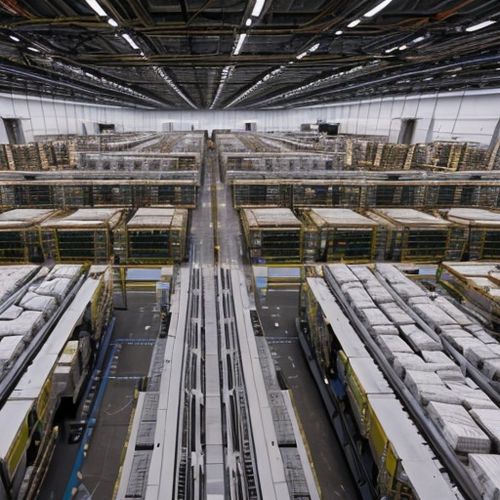
By Christopher Harris/Apr 21, 2025

By Emma Thompson/Apr 21, 2025
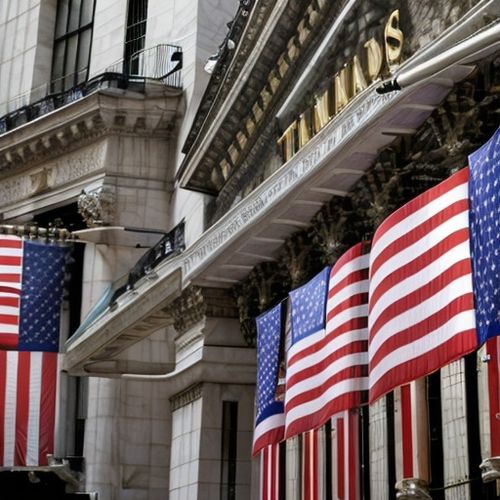
By Michael Brown/Apr 21, 2025
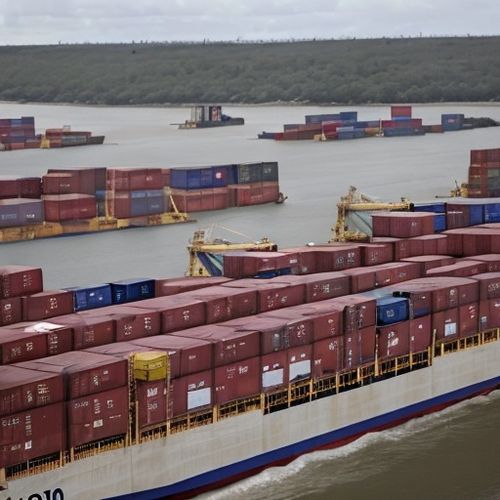
By Samuel Cooper/Apr 21, 2025
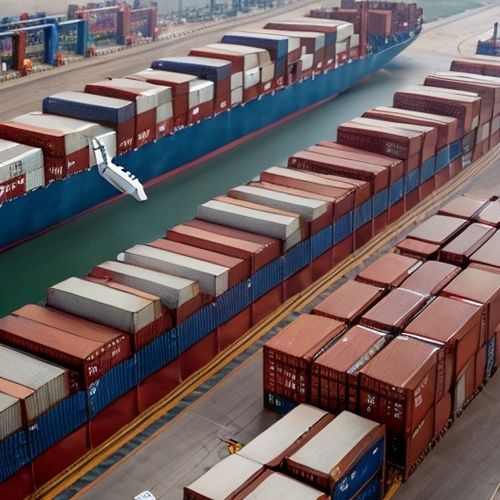
By Lily Simpson/Apr 21, 2025
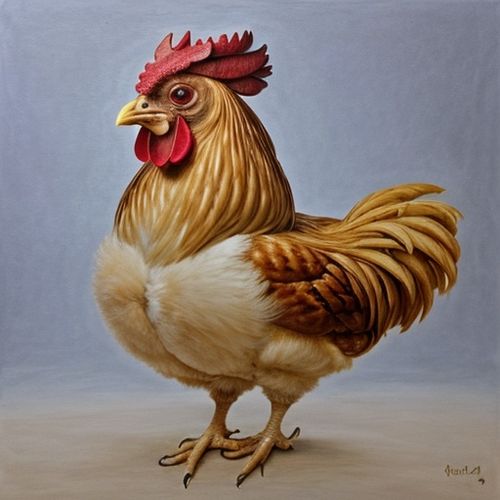
By Megan Clark/Apr 21, 2025

By Elizabeth Taylor/Apr 21, 2025
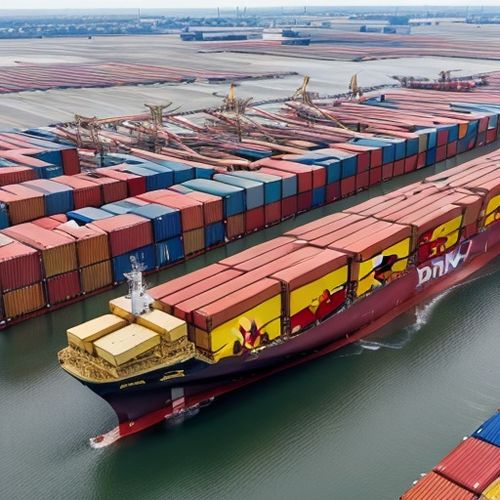
By Noah Bell/Apr 21, 2025
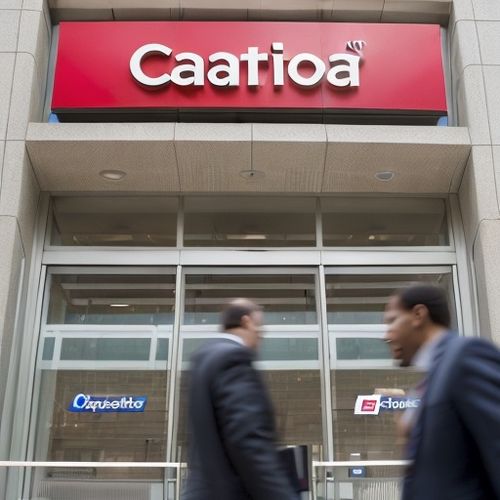
By William Miller/Apr 21, 2025
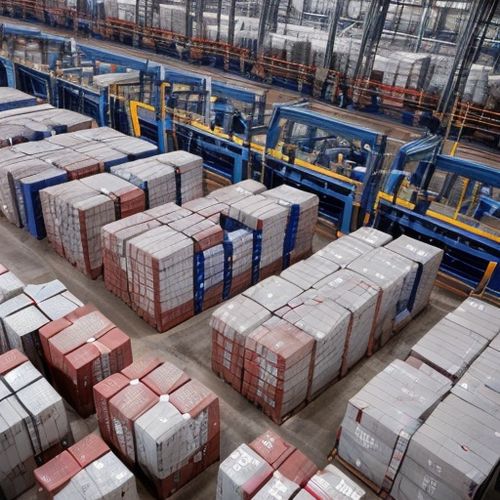
By Michael Brown/Apr 21, 2025
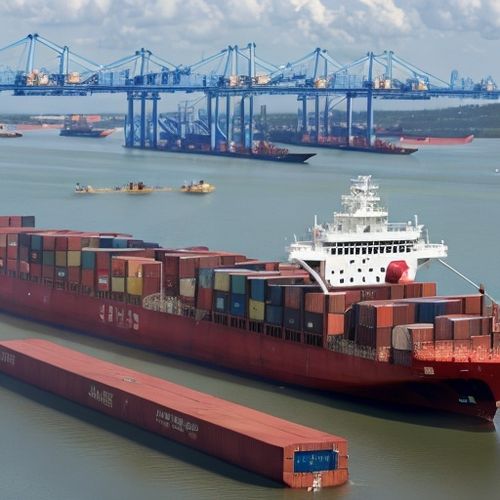
By Emily Johnson/Apr 21, 2025

By Natalie Campbell/Apr 21, 2025

By Grace Cox/Apr 21, 2025

By Lily Simpson/Apr 21, 2025
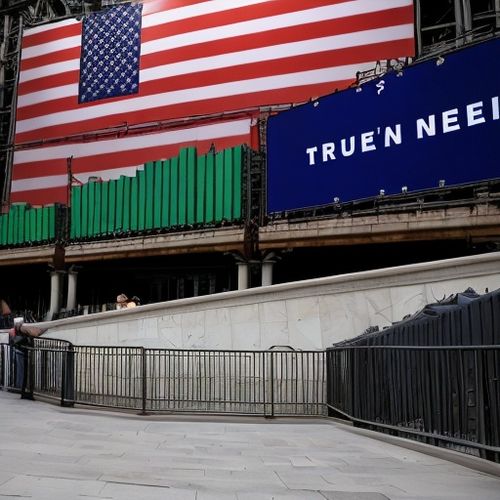
By Noah Bell/Apr 21, 2025
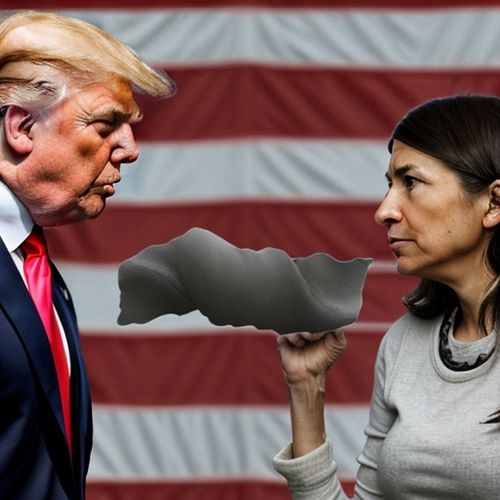
By Lily Simpson/Apr 21, 2025

By James Moore/Apr 21, 2025

By Daniel Scott/Apr 21, 2025